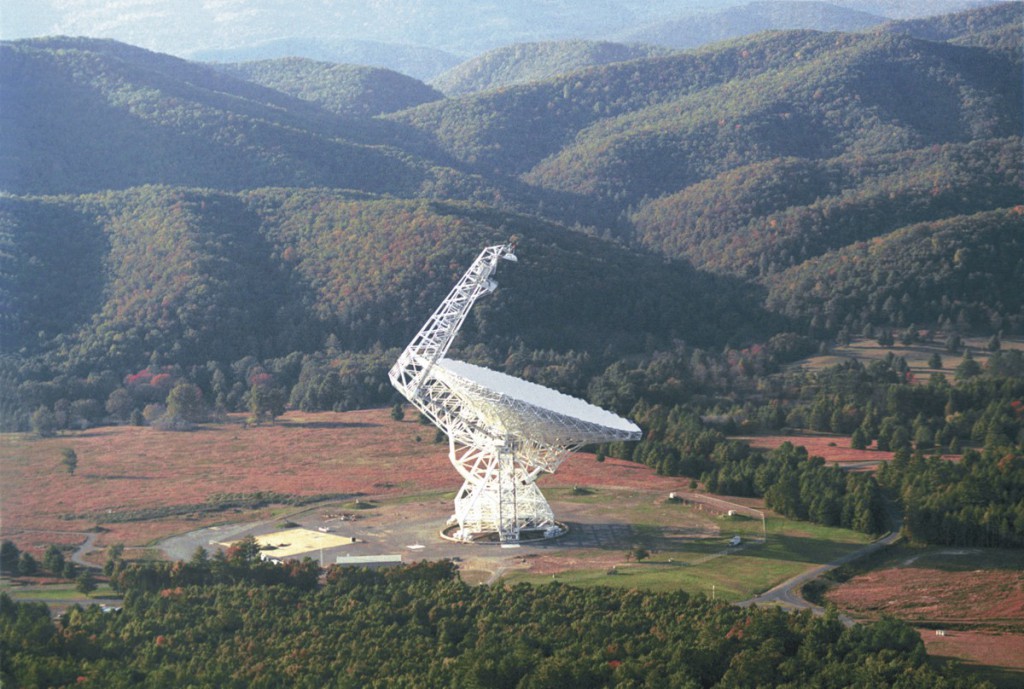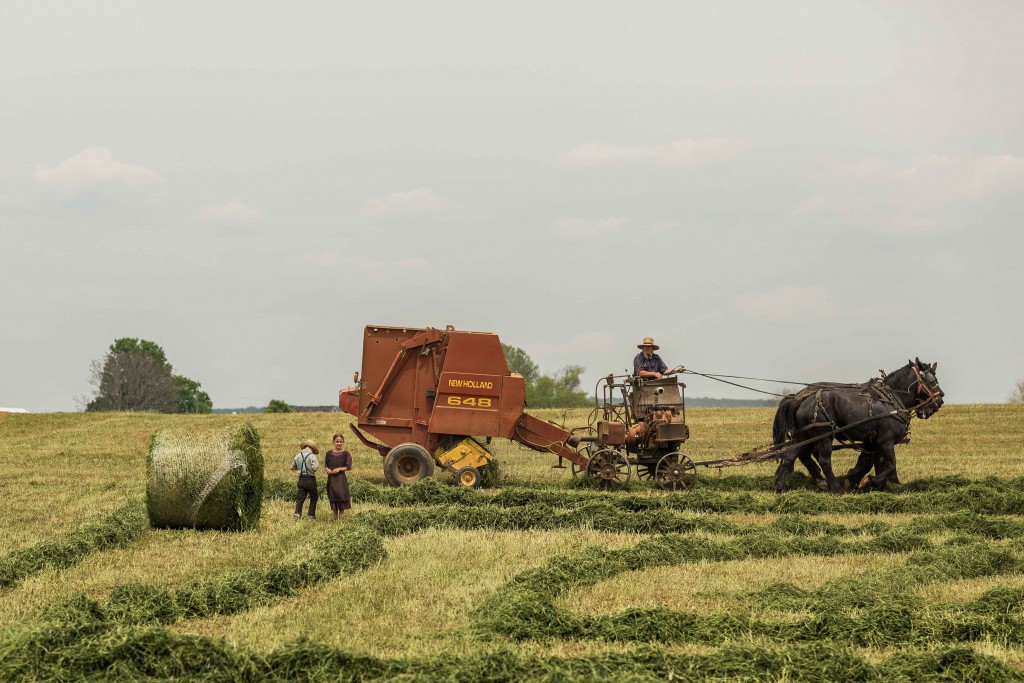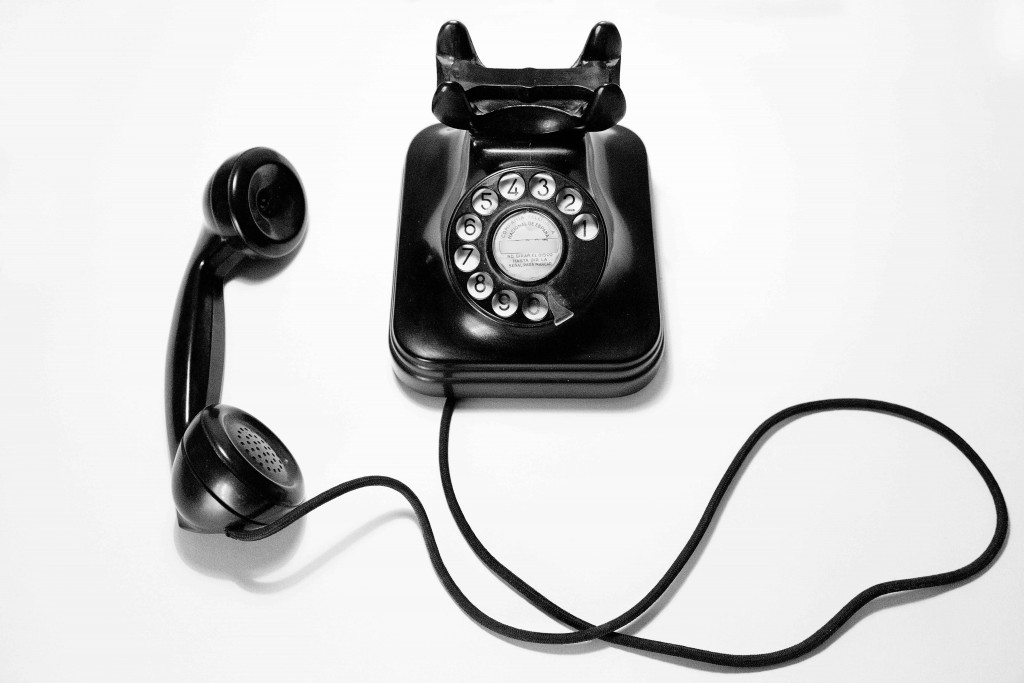Is it possible to live without wifi or any other type of technology that connects us to others? Since 1958, thirty-four square kilometres in West Virginia have been tech-free. The state is home to the biggest radio telescope in the world, and thus legally restricted the radio transmissions in the surrounding area so as not to interrupt the work of this important piece of tech. But what is day-to-day life like in the ‘quiet zone’ and what can we learn from this strange phenomenon?

Green Bank: how to live in airplane mode 24/7
Journalist Stephen Kurczy wrote his book The Quiet Zone to document his experience living in Green Bank, where he has been based since 2017. It’s a rural area, about four hours’ drive from Washington DC, where there is no wifi or mobile phones, which allows an enormous radio telescope (148 metres high and two football fields in diameter) to observe the night skies.
The telescope measures the radio waves emitted by celestial bodies, meaning that it must avoid artificial electromagnetic waves from things like mobile phones and wifi, microwaves, and even petrol-engine cars. As you can imagine, this means the residents are practically living in the past.
Prior to the publication of Kurczy’s book in 2021, Green Bank was the subject of the 2015 documentary The American Town Banning Cell Phones and Wifi which detailed the daily life of the townspeople, including the fact that they have to sign a document in which they promise not to use wireless networks.
Technology ‘quiet zones’ and sustainability
Radioastronomy is the excuse, but its impact is the real story. Kurczy explains that “This radio silence is valuable in our lives. Given the negative reactions brought about by the revelations made by an ex-Facebook employee, we understand that being in a state of permanent connection is not very healthy. We need quiet spaces that allow us to escape from all this”. The journalist admits he has not had a mobile phone since 2009.

Green Bank’s uniqueness attracts people and communities interested in digital disconnection and the low-tech movement. Using fewer electronic devices and being less connected has a huge negative impact on the environment.
Green Bank’s quiet zone also reminds us of the need to allow certain areas to remain unchanged: in this case, it’s for the scientific progress that comes with the study of astronomy. But it also brings to mind national parks and cultural heritage.
As Kurczy explains in his book, the ‘tech-police’ in the quiet zone control any technology infractions. They found 175 wifi access points within a three-kilometre radius of the telescope. “There seemed to be more wifi signals now than homes, if that was even possible in a town with less than 200 inhabitants,” says the author.

Is moderate technology use an option?
Nevertheless, Kurczy’s ideas shouldn’t lead us to demonise technology because, as tech expert Enrique Dans mentioned in this interview, “being digitally literate means not just being able to use technology, but being able to do so properly, understanding protocols and understanding how to behave while using it”.
Dans questioned the constant criticism surrounding addiction to a specific device: “we never talked about an addiction to cameras, or maps, or to our phones…but when all of those things are available on one device, some people want to call it an obsession”. He says that we can live without technology “but it would limit the life of the person who decides to do so”.
Do you think there should be more tech-free spaces like Green Bank but without the scientific reasons behind them? Tell us what you think on social media using #ConnectionsByFinsa. We want to connect with you!




